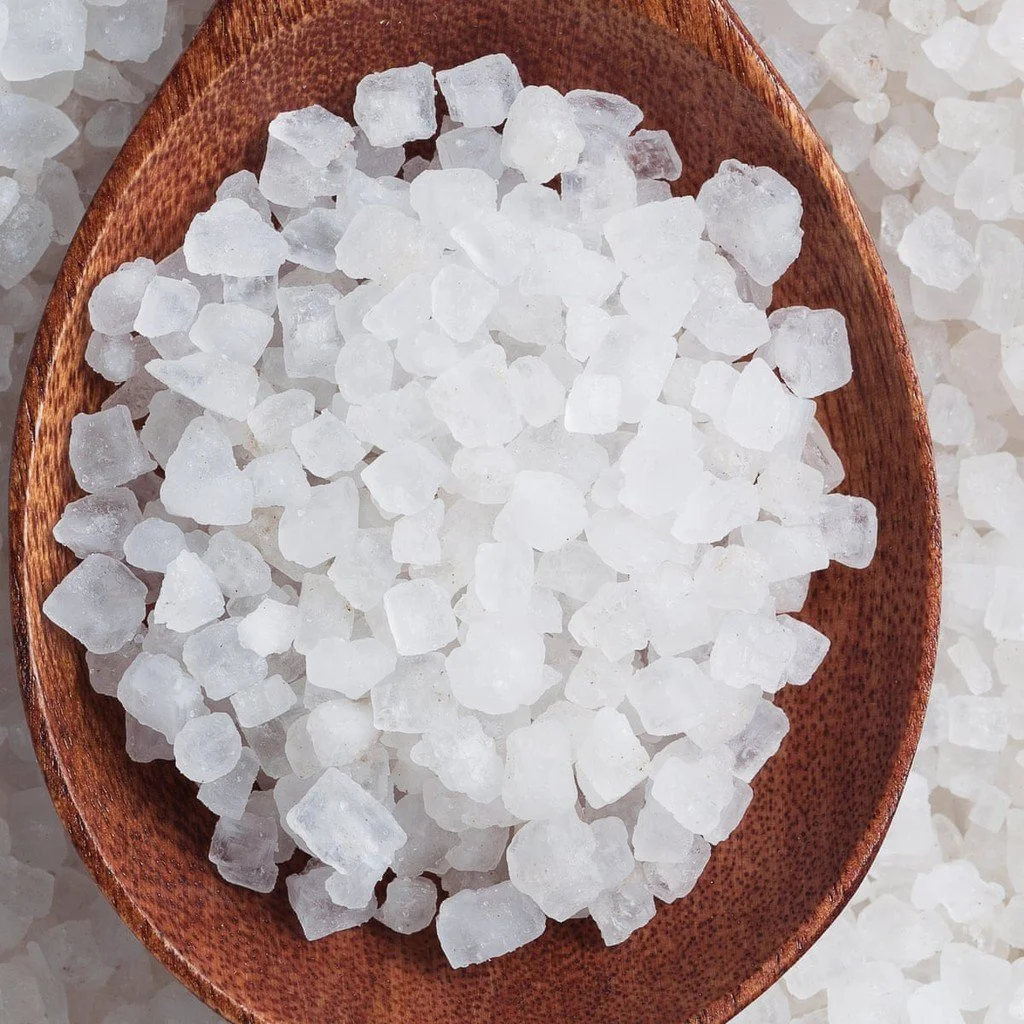Camphor
Cinnamomum camphora
CAS Number
76-22-2
HS Number
2914.22.00
Botanical Name
Cinnamomum camphora
Botanical Family
Varied Pinus
PRODUCT TYPE
Pine Derivatives
TECHNICAL APPLICATION
OLFACTIVES FAMILY
Wood Oil
FORMULA
C10H16O
IUPAC
1,7,7-trimethylbicyclo[2.2.1]heptan-2-one
MANUFACTURE PROCESS
Camphor can be obtained from camphor oil or synthesized from other starting materials. One common method for obtaining camphor is by the distillation of the wood of the camphor tree or by synthesis from turpentine oil, which is derived from pine trees.
APPLICATION
Medicinal Uses: Camphor has been used for centuries in traditional medicine for its analgesic, anti-inflammatory, antispasmodic, and antimicrobial properties. It is used in topical treatments for muscle and joint pain, such as ointments, balms, and liniments. Additionally, it is a common ingredient in chest rubs and inhalants for relieving congestion and cough associated with colds and respiratory conditions.
Aromatherapy: Camphor oil is used in aromatherapy for its stimulating and invigorating effects. It can be diffused or added to massage oils and bath products to promote relaxation, mental clarity, and alertness. Inhalation of camphor vapor is believed to help alleviate stress, fatigue, and anxiety.
Insect Repellent: Camphor is an effective insect repellent and insecticide. It is used in the formulation of mothballs, insect repellent sprays, and vaporizers to deter and control pests such as moths, mosquitoes, flies, and ants. Placing camphor blocks or sachets in closets, drawers, and storage areas helps protect clothing and fabrics from moth damage.
Preservative: Due to its antimicrobial properties, camphor is used as a preservative in various products, including pharmaceuticals, cosmetics, and food items. It helps prevent the growth of bacteria, fungi, and other microorganisms, extending the shelf life of these products.
Industrial Applications: Camphor is used in the manufacturing of plastics, resins, lacquers, and explosives. It serves as a plasticizer in cellulose-based plastics and as a stabilizer in nitrocellulose and other explosives. It is also employed as a fragrance ingredient in soaps, detergents, perfumes, and cleaning products.
Traditional and Cultural Practices: Camphor plays a significant role in religious and cultural ceremonies in various parts of the world. It is burned as incense or placed in oil lamps to purify the air, ward off evil spirits, and create a sacred atmosphere during rituals, prayers, and festivals.
Pest Control in Agriculture: Camphor is used in agriculture as a pesticide and repellent for controlling pests and insects in crops. It is applied as a fumigant or incorporated into pesticides to protect plants from damage caused by insects and fungal diseases.
Fire Starting: Camphor tablets or blocks are sometimes used as fire starters for camping, outdoor cooking, and survival situations. They ignite easily and burn steadily, making them useful for lighting fires in adverse conditions.
PRODUCT SPECIFICATION
Learn more about our products

SOURCING COUNTRIES
India, Indonesia, China, Brazil

TECHNICAL DATA
| Appearence | white crystalline solids or transparent crystals |
| Odor | strong, aromatic odor |
| Packaging | 170 Kg Net HDPE Standard Drum |

 Chatbot
Chatbot